Tilde House brings a listed London home up to contemporary, sustainable standards
Tilde House by Neil Dusheiko Architects blends Victorian elegance, sustainability and contemporary flair in north London’s historic Canonbury area
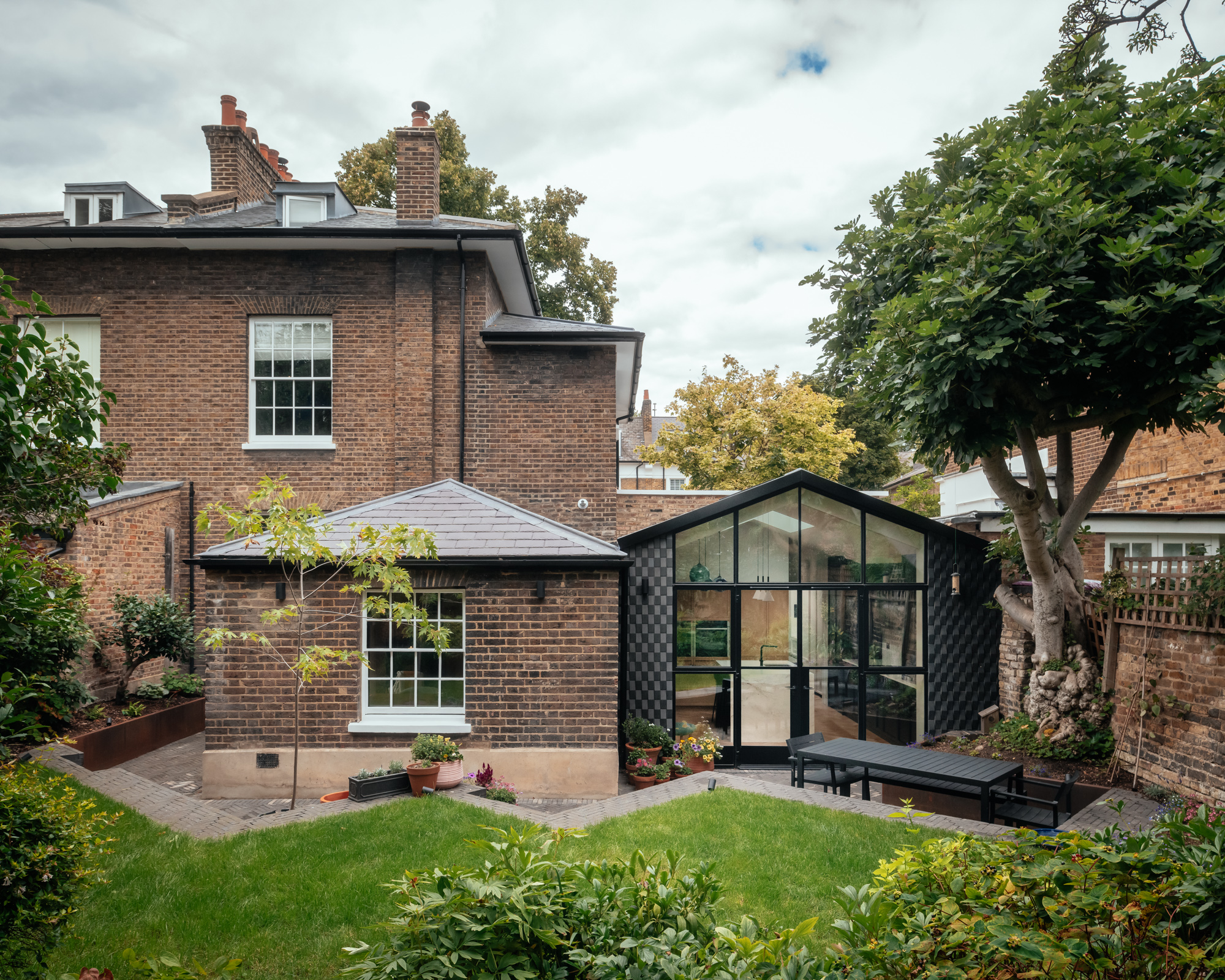
Tilde House's London neighbourhood, Canonbury in Islington, a conservation area since the 1960s, is a leafy district developed in the late 18th and early 19th centuries around a Tudor tower once part of an Elizabethan manor house. Its streets are lined with semi-detached mid-Victorian villas, many with big gardens and views of the New River park.
Among them, Tilde House is a Grade II-listed property, and has recently been remodelled and extended by Neil Dusheiko Architects, the practice behind such projects as north London's Tree View House , a light-filled mews house renovation in Bayswater, and the Sun Slice House family home in Cambridge .
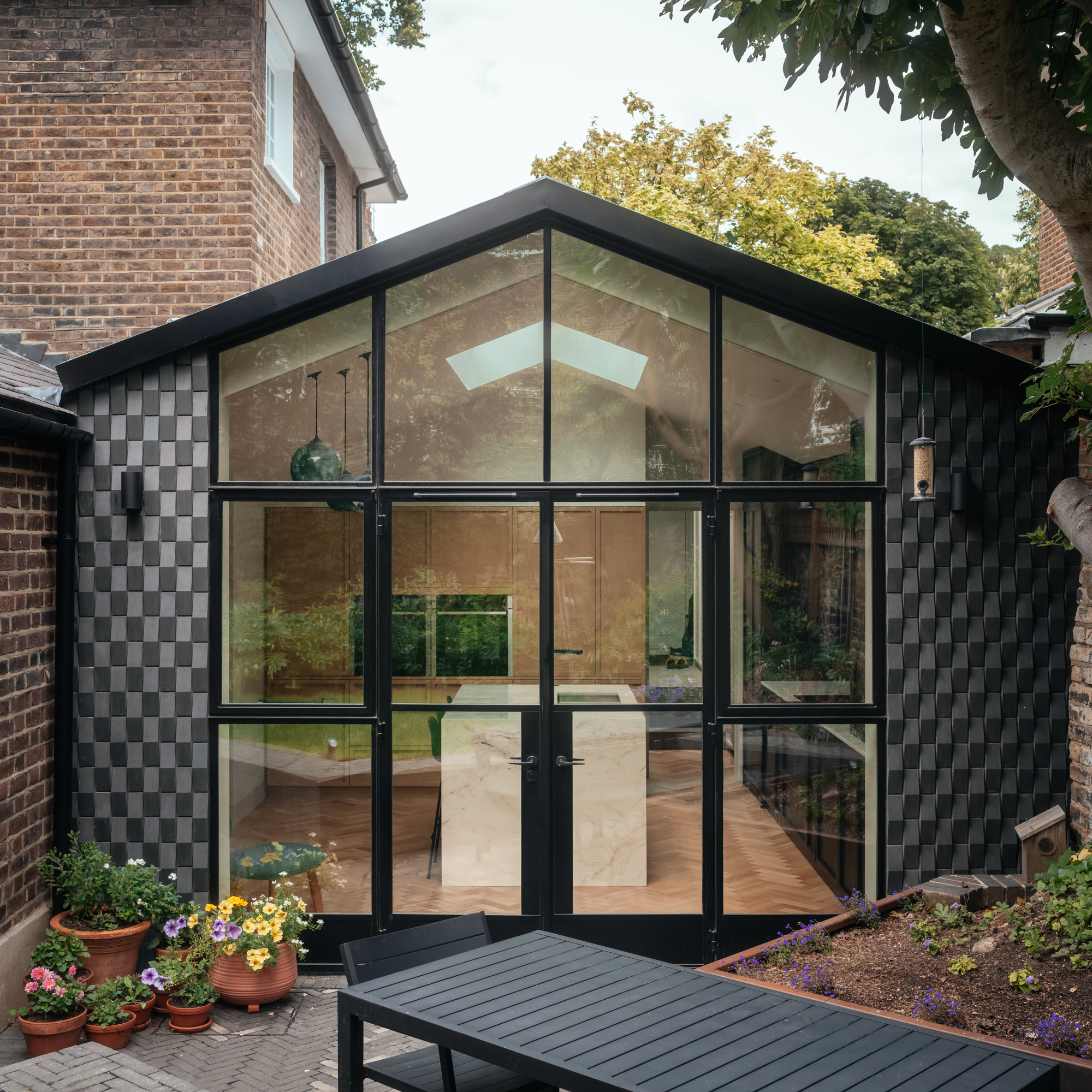
Tour Tilde House by Neil Dusheiko Architects
With deep roots in the neighbourhood, the Canonbury Yard-based architects were the perfect candidates for a brief that required both a complete architectural transformation and the safeguarding of the property’s essence and heritage.
Built in the early 1840s, the villa is listed in part because of its elegant neo-classical detailing. This, of course, has been left untouched, which is why from the street you’d be forgiven for thinking that the property is no different from its period neighbours.
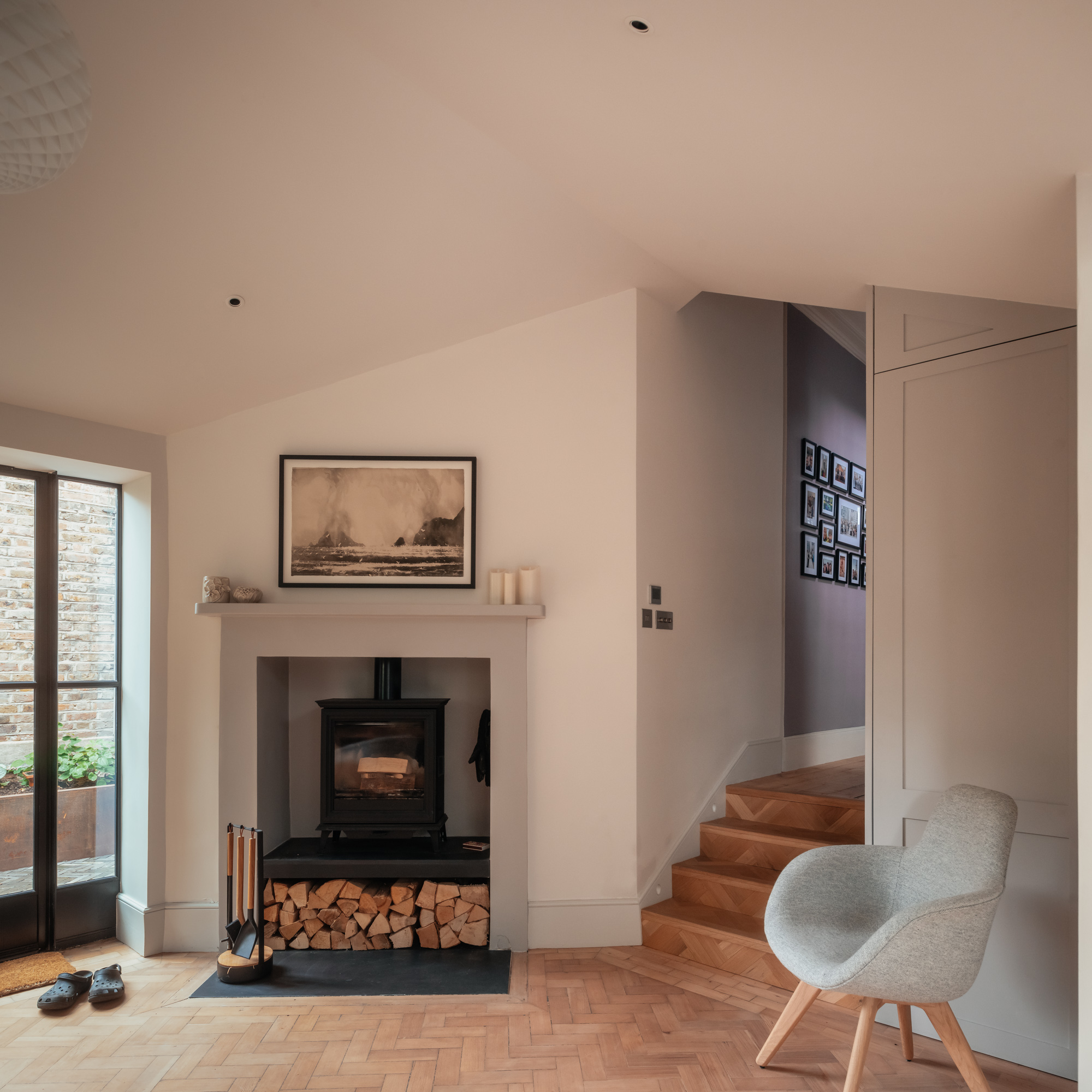
Step inside, though, and the interiors, once dark, dated and cramped, have been transformed into elegant spaces that lead to a new extension containing a bespoke kitchen. Replacing a shabby 1980s blockwork addition, the bespoke kitchen extension, built along the same foundation lines using recycled materials from the original, features a full-height glazed screen that opens onto the garden.
It is framed by dark saw-tooth bricks laid in a vertical basket-weave pattern to provide a tonal and textural contrast with the original house. This motif continues in the herringbone flooring and paving that flows through the kitchen and into the garden beyond, stitching old and new together.
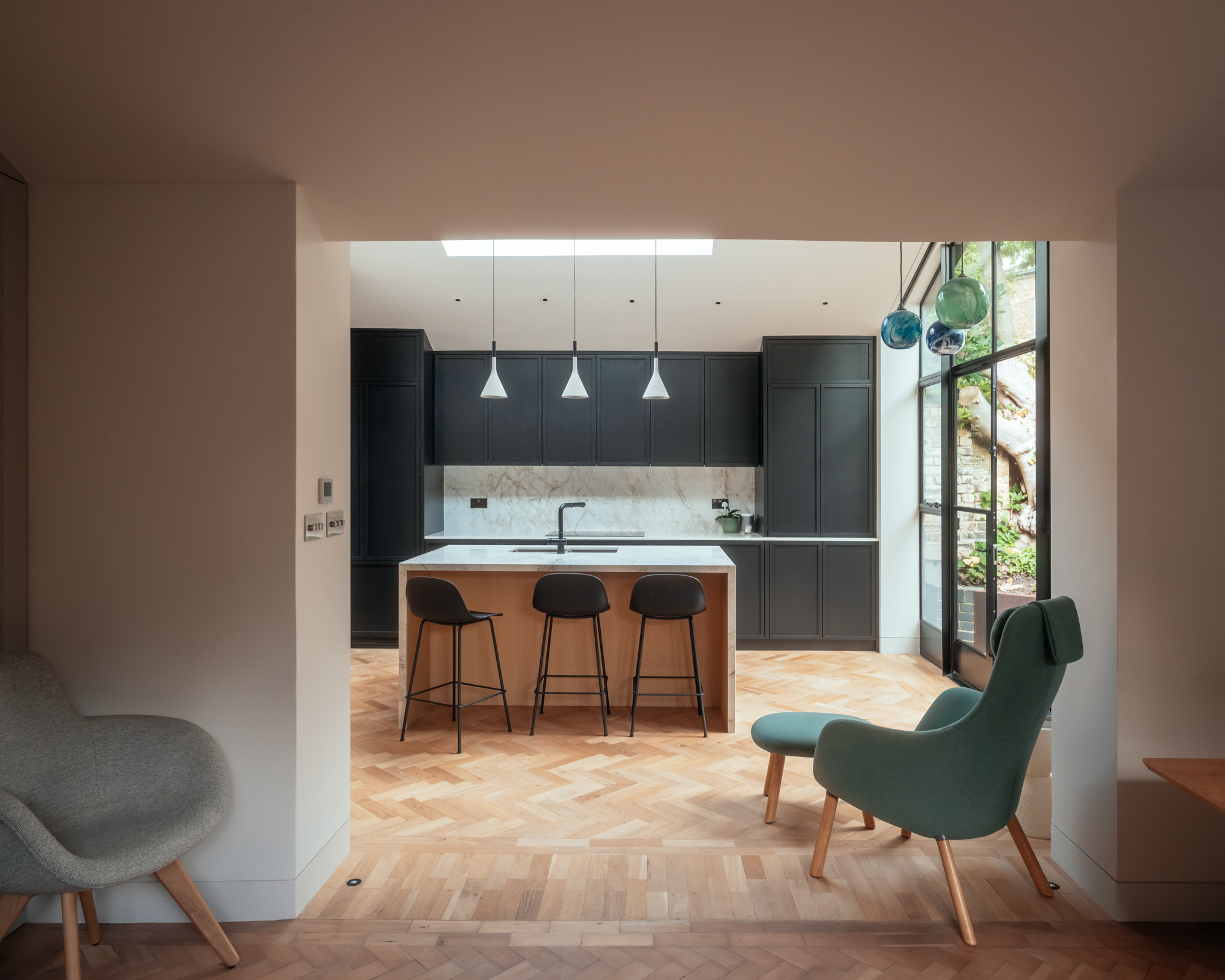
Bringing a 178-year-old Grade II-listed house up to current standards was not without its challenges, especially in terms of technical aspects and structural repairs. Working with local conservation officers, the architects were allowed to remove exposed pipework throughout the house, and incorporate an ensuite bathroom beneath the listed staircase.
Receive our daily digest of inspiration, escapism and design stories from around the world direct to your inbox.
‘Very much of the original house is kept intact and celebrated, so what we have added is quite hidden,’ explains Neil Dusheiko. ‘We were able to remove the existing rotten timber structure to the original single-storey outrigger and this allowed us to re-insulate and re-tile the existing roof.’
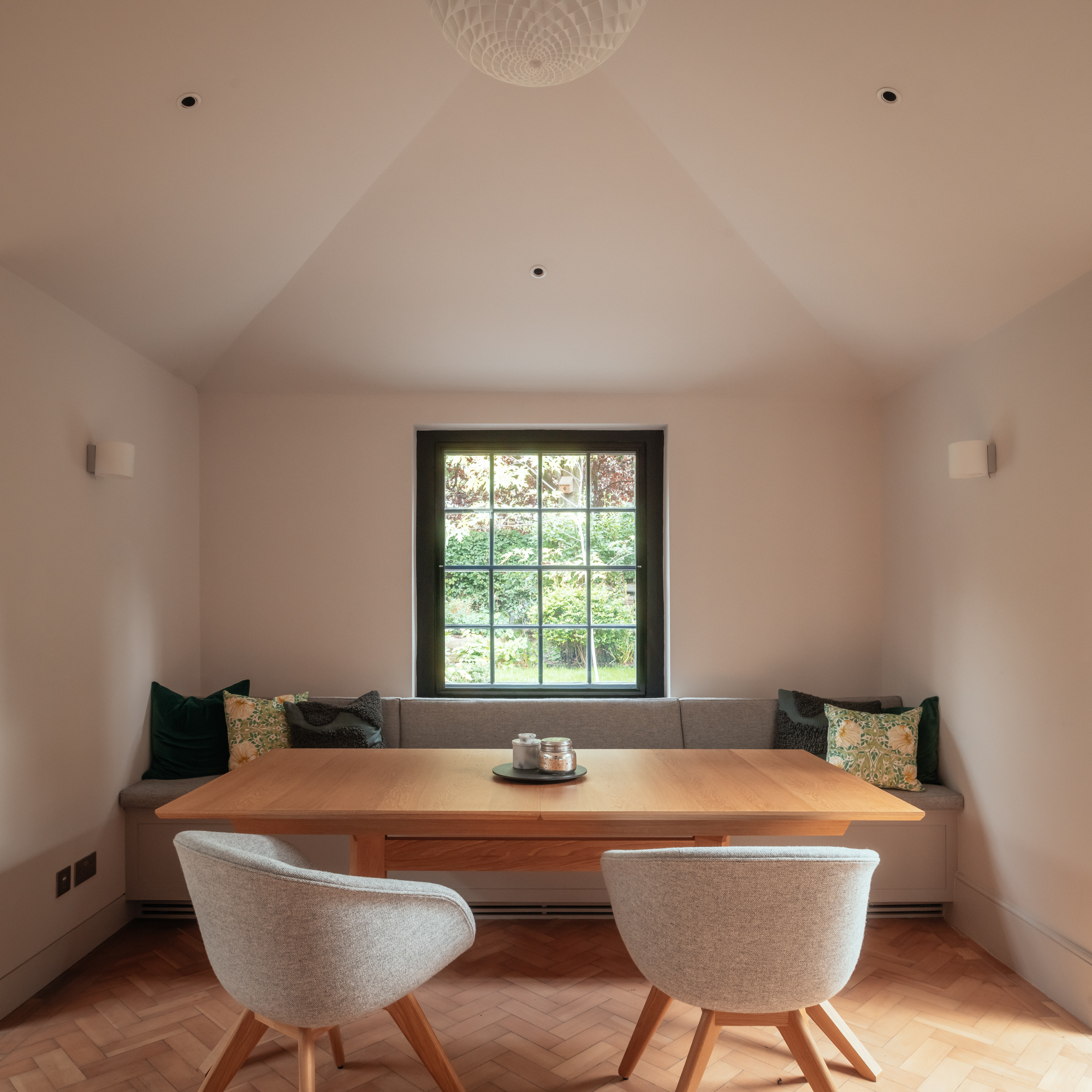
Historic homes are notoriously draughty, but the existing windows could not be upgraded, leading the team to install a secondary glazing. To improve the building’s thermal performance, they also sealed gaps around doors, windows and floorboards, and installed draft excluders on doors and windows.
‘Due to the absence of historic features in the dining space we were allowed to insulate the walls and so the linking space, containing the kitchen and dining room, is well insulated, reducing the need for too much heating,’ says Dusheiko.
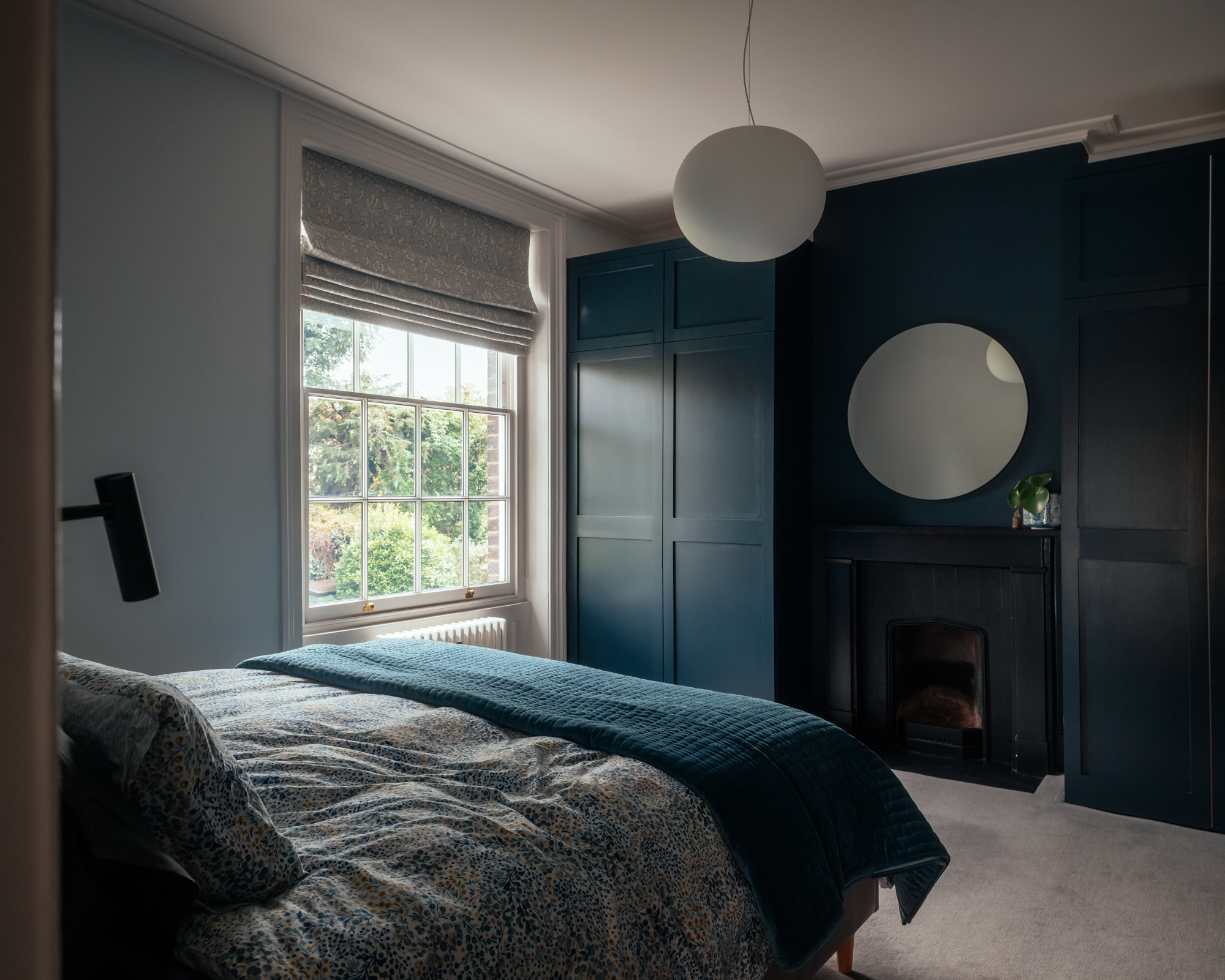
Acting as a bridge between the original house, the contemporary extension and the garden, the dining room inspired a distinctive pleated roof design that folds and unfolds over the dining area and the kitchen.
Upstairs, new ensuite bathrooms are cleverly concealed behind crisp new joinery, painted in rich dark tones that change with shifting light throughout the day, and complementing retained and restored period features.
Léa Teuscher is a Sub-Editor at Wallpaper*. A former travel writer and production editor, she joined the magazine over a decade ago, and has been sprucing up copy and attempting to write clever headlines ever since. Having spent her childhood hopping between continents and cultures, she’s a fan of all things travel, art and architecture. She has written three Wallpaper* City Guides on Geneva, Strasbourg and Basel.
-
 Hanker after a 1970s supercar? The Encor Series 1 elevates the Lotus Esprit to a new level
Hanker after a 1970s supercar? The Encor Series 1 elevates the Lotus Esprit to a new levelThis limited-edition remastering of the dramatic wedge-shaped Lotus Esprit stops at nothing to improve and enhance the original without losing sight of its analogue excellence
-
 A new photo book takes you behind the scenes of some of cinema's most beloved films, from 'Fargo' to 'Charlie's Angels'
A new photo book takes you behind the scenes of some of cinema's most beloved films, from 'Fargo' to 'Charlie's Angels'Set decorator Lauri Gaffin captures Hollywood's quieter moments in an arresting new book
-
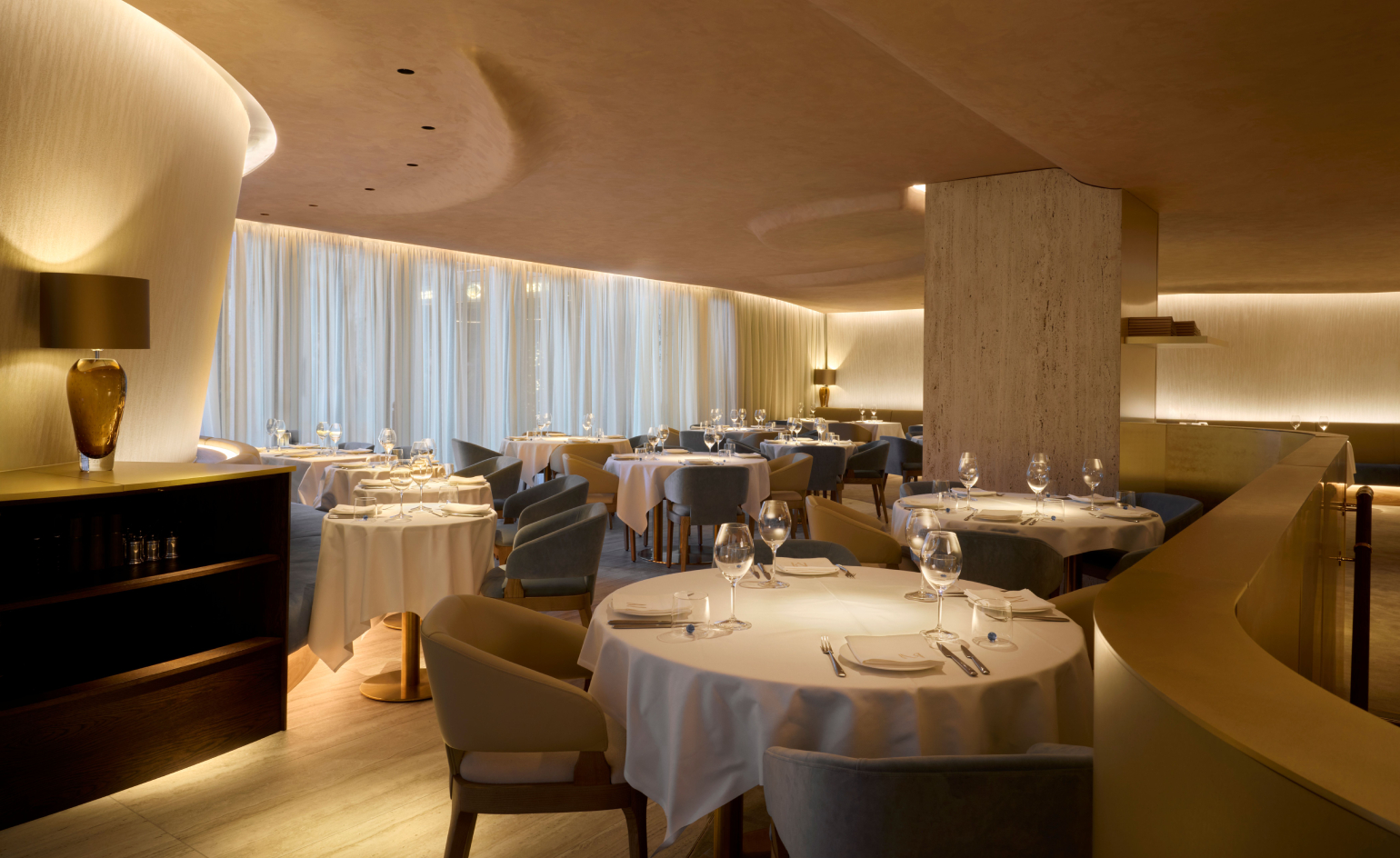 This sculptural London seafood restaurant was shaped by ‘the emotions of the sea’
This sculptural London seafood restaurant was shaped by ‘the emotions of the sea’In Hanover Square, Mazarine pairs a bold, pearlescent interior with modern coastal cuisine led by ‘bistronomy’ pioneer chef Thierry Laborde
-
 A revived public space in Aberdeen is named Scotland’s building of the year
A revived public space in Aberdeen is named Scotland’s building of the yearAberdeen's Union Terrace Gardens by Stallan-Brand Architecture + Design and LDA Design wins the 2025 Andrew Doolan Best Building in Scotland Award
-
 The Architecture Edit: Wallpaper’s houses of the month
The Architecture Edit: Wallpaper’s houses of the monthFrom wineries-turned-music studios to fire-resistant holiday homes, these are the properties that have most impressed the Wallpaper* editors this month
-
 A refreshed 1950s apartment in East London allows for moments of discovery
A refreshed 1950s apartment in East London allows for moments of discoveryWith this 1950s apartment redesign, London-based architects Studio Naama wanted to create a residence which reflects the fun and individual nature of the clients
-
 In this Cotswolds home, drama meets minimalism
In this Cotswolds home, drama meets minimalismCotswolds home Hiaven house, with interiors designed by McLaren Excell, is a perfect blend of contemporary chic and calm, countryside drama
-
 David Kohn’s first book, ‘Stages’, is unpredictable, experimental and informative
David Kohn’s first book, ‘Stages’, is unpredictable, experimental and informativeThe first book on David Kohn Architects focuses on the work of the award-winning London-based practice; ‘Stages’ is an innovative monograph in 12 parts
-
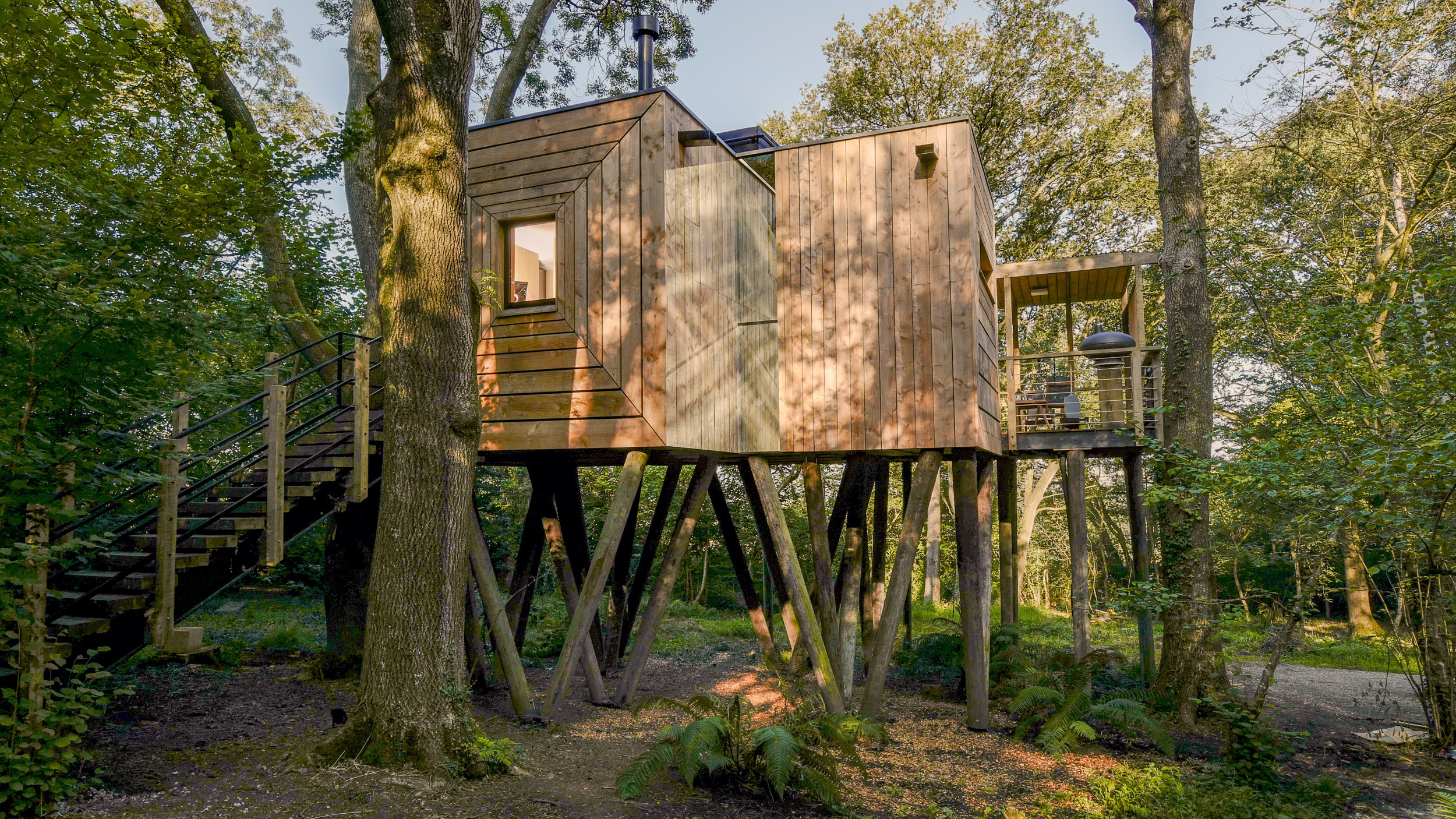 Find solace in the forest at this expansive treehouse retreat in Dorset
Find solace in the forest at this expansive treehouse retreat in DorsetFor sale for the first time, a treehouse, Mallinson’s Woodland Retreat, is a tribute to the skill of designer and master craftsman Guy Mallinson
-
 Modernist Scotland explores the country’s impressive legacy of contemporary architecture
Modernist Scotland explores the country’s impressive legacy of contemporary architectureA new book, Modernist Scotland, delves into the art and ambitions of the International Style in post-war Scotland, presenting 150 projects that typify an age of optimism and innovation.
-
 100 George Street is the new kid on the block in fashionable Marylebone
100 George Street is the new kid on the block in fashionable MaryleboneLondon's newest luxury apartment building brings together a sensitive exterior and thoughtful, 21st-century interiors